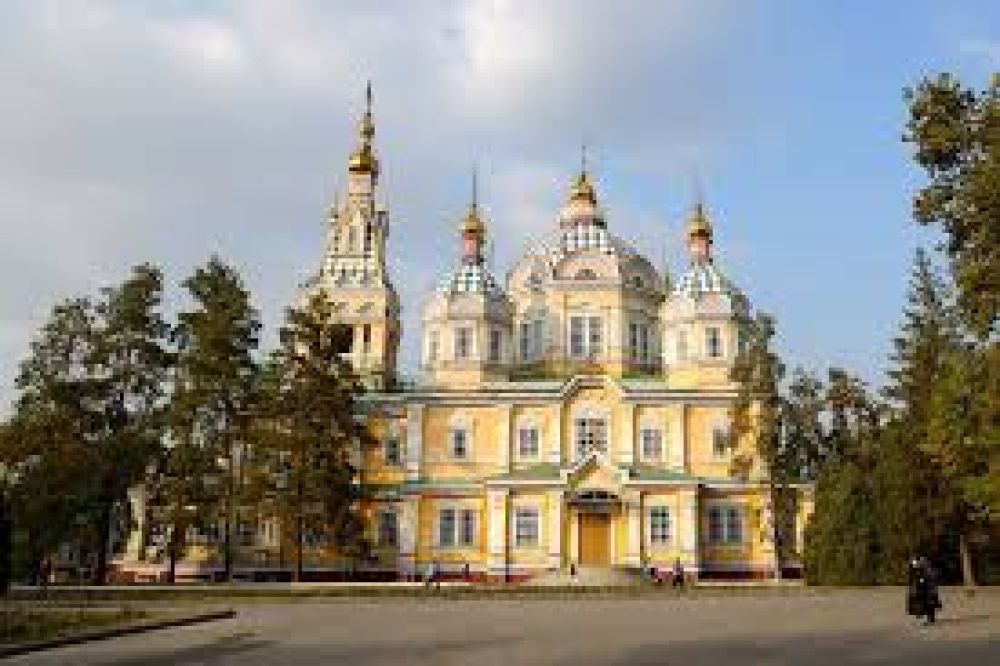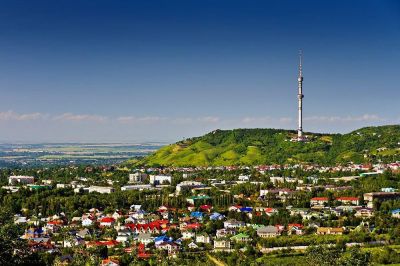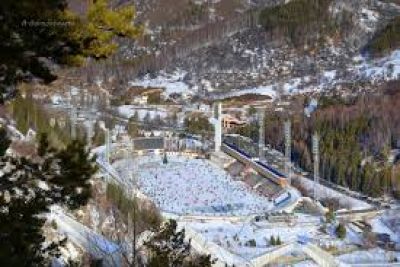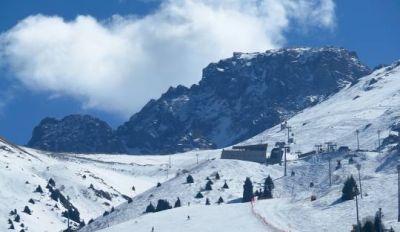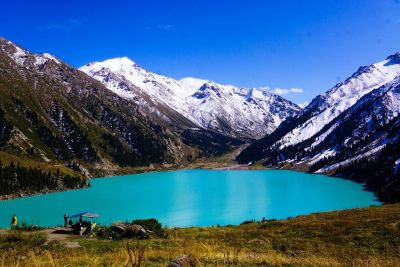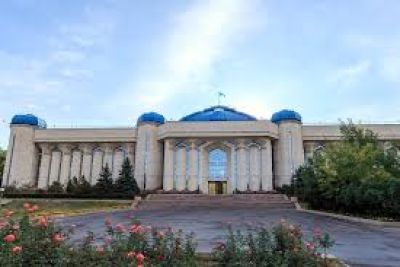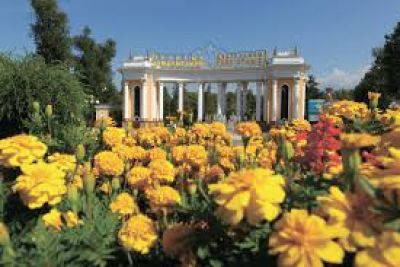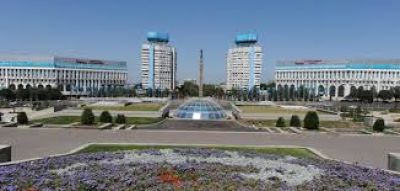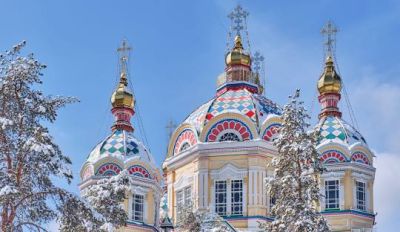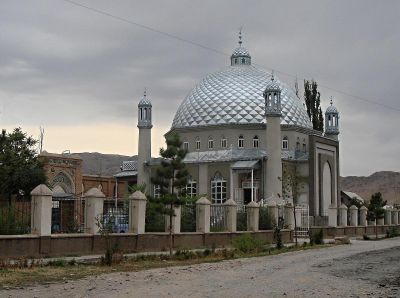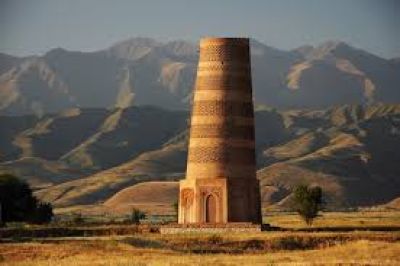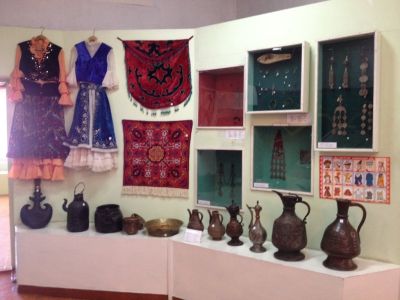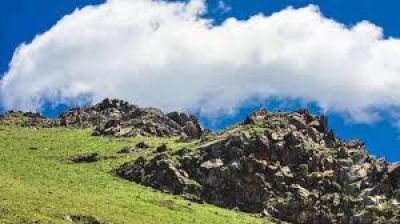Zenkov Cathedral, Almaty, Kazakhstan: A Historical Perspective
Nestled in the heart of Almaty's lush Panfilov Park, the Zenkov Cathedral, also known as the Ascension Cathedral, stands as a testament to Kazakhstan's rich cultural and architectural heritage. As one of the world's tallest wooden buildings, this iconic cathedral has captured the eyes of tourists and the hearts of architectural enthusiasts from around the globe.
Historical Significance
The history of tourism at this remarkable site dates back to the early 20th century following its construction between 1904 and 1907. Designed by architect Andrei Zenkov, the cathedral was built entirely without the use of nails, a feat which has contributed to its resilience against earthquakes, particularly the devastating quake of 1911. Originally serving as a Russian Orthodox cathedral, it survived the Soviet era when many religious buildings were repurposed or destroyed.
Panfilov Park and Zenkov Cathedral as Tourist Attractions
With the fall of the Soviet Union and Kazakhstan's subsequent independence in 1991, Almaty's historical and cultural landmarks, including Zenkov Cathedral, witnessed a revival in interest. Tourism gradually became more significant as the country opened up, inviting visitors to explore its unique history, culture, and natural beauty.
Restoration and Modern-Day Tourism
In the 1990s, the cathedral underwent extensive renovation to restore its original splendor. This restoration work, completed by 1995, was pivotal in re-establishing the cathedral as a functioning place of worship and as an important tourist destination. Visitors from around the world come to admire its brilliantly colorful façade, intricate woodwork, and impressive interiors adorned with religious iconography.
Latest Tourism Trends in Almaty
The latest tourism trends in Almaty show an increasing interest in cultural tourism, with travelers seeking authentic experiences that include visits to historical sites like Zenkov Cathedral. The growing trend of eco-tourism also sees tourists combining their city tours with excursions into the surrounding natural wonders, such as the majestic Tian Shan mountains and the striking Charyn Canyon.
Conclusion
Zenkov Cathedral’s history, beauty, and resilience have placed it firmly on the tourism map of Kazakhstan. Whether it’s architecture that intrigues, history that beckons, or the fusion of urban and natural landscapes, the cathedral, amidst the charm of Almaty, offers a vibrant insight into the past and an optimistic glimpse into the future of tourism in Kazakhstan.
